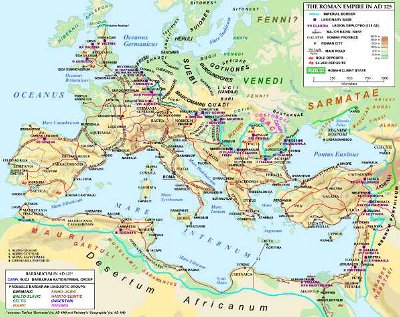 There is much more to Sweden than ABBA, Volvo, and IKEA. This quiz will introduce you to some intriguing details of the Scandinavian country's long and distinguished history.
There is much more to Sweden than ABBA, Volvo, and IKEA. This quiz will introduce you to some intriguing details of the Scandinavian country's long and distinguished history.
Average, 10 Qns, LadyNym,
Jul 11 24
Recommended for grades: 11,12
 There is much more to Sweden than ABBA, Volvo, and IKEA. This quiz will introduce you to some intriguing details of the Scandinavian country's long and distinguished history.
There is much more to Sweden than ABBA, Volvo, and IKEA. This quiz will introduce you to some intriguing details of the Scandinavian country's long and distinguished history.
|
|
|
|
 Quick Question
Quick Question = Top 5% Rated Quiz,
= Top 5% Rated Quiz,
 Top 10% Rated Quiz,
Top 10% Rated Quiz,
 Top 20% Rated Quiz,
Top 20% Rated Quiz,
 A Well Rated Quiz
A Well Rated Quiz
· All questions, answers, and quiz content on this website is copyright FunTrivia, Inc and may not be reproduced without permission. Any images from TV shows and movies are copyright their studios, and are being used under "fair use" for commentary and education.